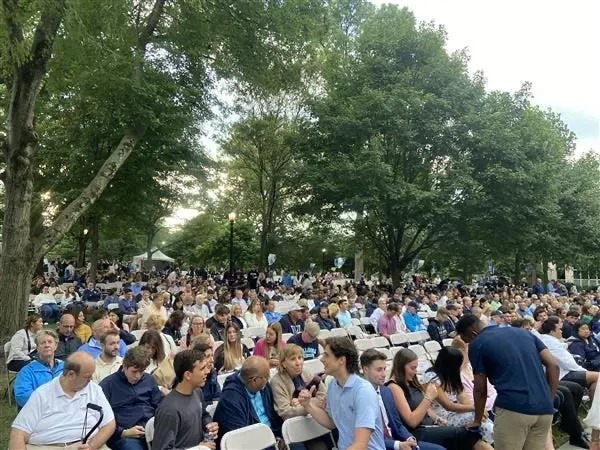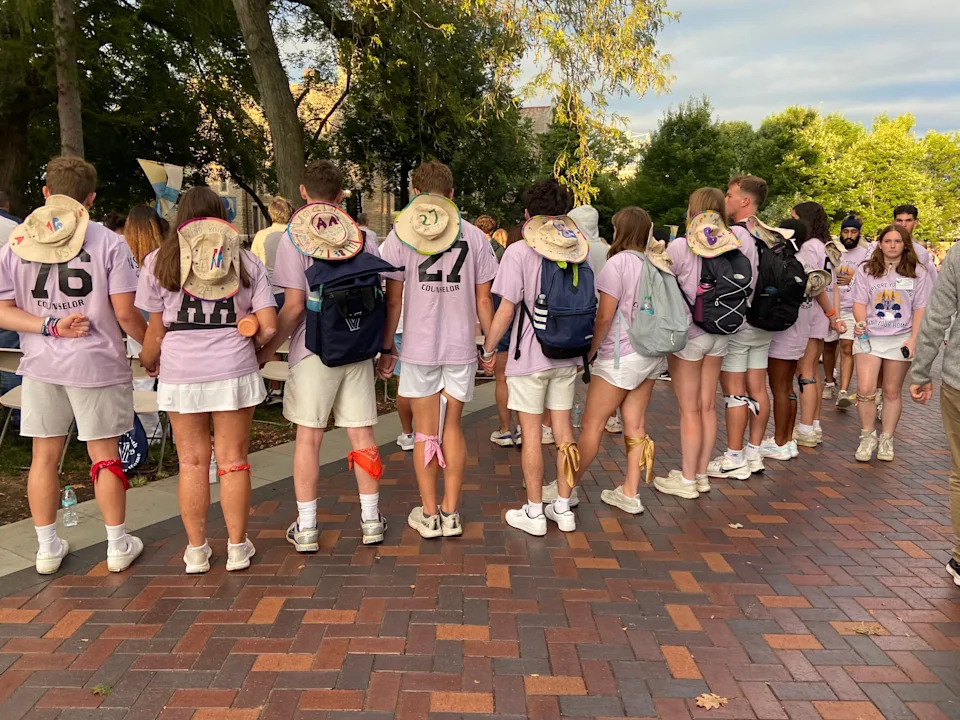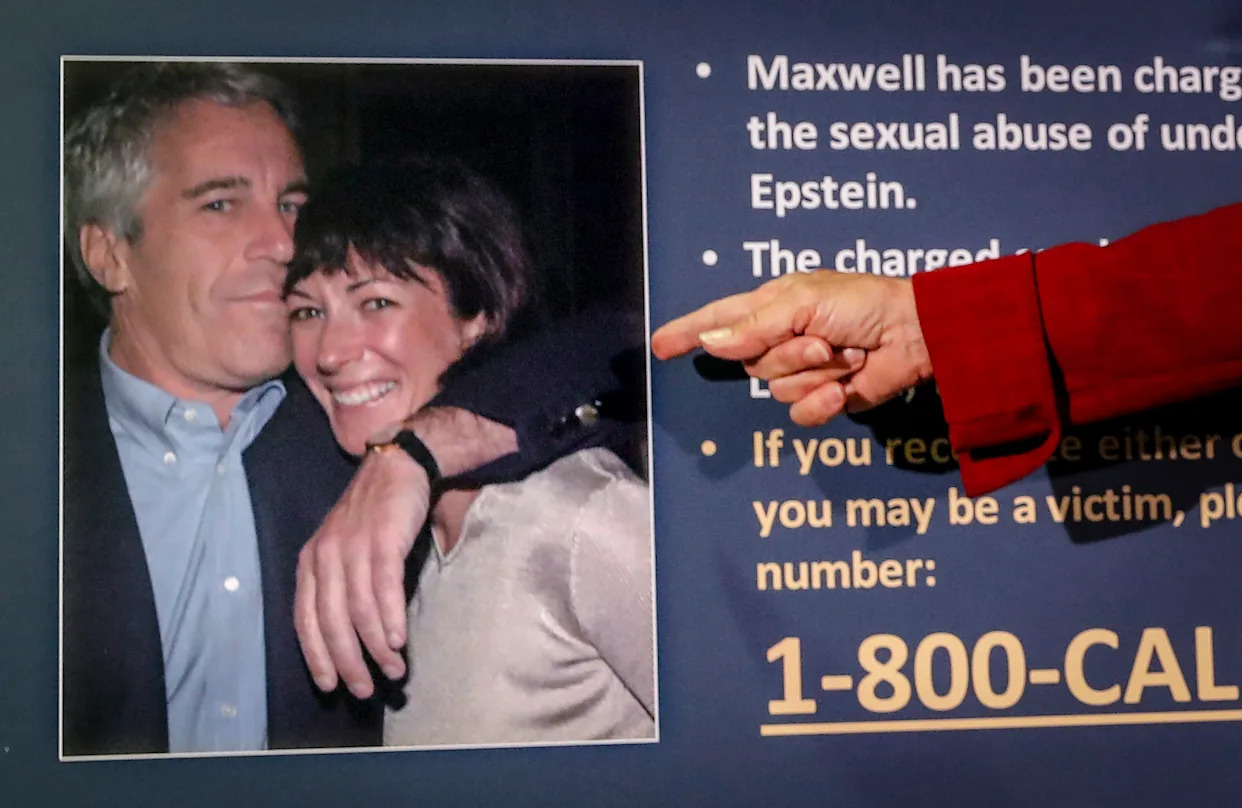The alert to students at Villanova University was terrifying: "ACTIVE SHOOTER on VU campus. Move to secure location. Lock/barricade doors. More info to follow."
Video and photos posted to social media show the mass panic that ensued Thursday, Aug. 21, as students were preparing for the start of fall classes. Waves of students were running for their lives, some posted about how they had barricaded themselves wherever they were when the text came in, and others simply posted about how scared they were.
"Hi guys i’m a freshman at villanova. active shooter alert during the middle of opening mass for students," a poster wrote on X. "everyone is hiding. pleaee just keep me in your thoughts. i’m very scared."
It was all a "cruel hoax," the university announced about 90 minutes after the alert went out.
At many levels across America, such hoaxes have been plaguing the nation for years, including at schools, grocery stores, office buildings and airports − anywhere large groups of people gather. Also known as swatting, they're defined as false reports of serious crimes intended to spark a heavy law enforcement response.
"It's an enormous problem," said Elizabeth Jaffe, associate professor at Atlanta’s John Marshall Law School whose focus is cyberbullying and social media. "One incident is a major problem, so if we've got hundreds and thousands, it’s an evolving epidemic."

Estimated swatting incidents jumped from 400 in 2011 to more than 1,000 in 2019, according to the Anti-Defamation League, which cited a former FBI agent whose expertise is in swatting.
From January 2023 to June 2024 alone, more than 800 instances of swatting were recorded at U.S. elementary, middle and high schools, according to the K-12 School Shootings Database, created by a University of Central Florida doctoral student in response to the Parkland High School shooting in 2018.
The FBI has been aware of the problem since at least 2008. It became so pervasive that in 2023, the FBI launched a database for law enforcement agencies to report swatting incidents, according to an FBI Criminal Justice Information Services Division announcement.
In the wake of the panic at Villanova, USA TODAY is looking at just how common hoaxes that cause mass panic are, why they happen, what the repurcussions are and what can be done.
Who is doing the swatting and why?
Swatting emerged as a popular if potentially deadly hoax among gamers in the early 2000s, according to researchers at the Anti-Defamation League. Since then, it has become a tool used by everyone from pranksters to online extremists, according to Carla Hill, senior director of investigative research at the Anti-Defamation League.
"It used to be someone would pull the fire alarm because they didn't want to go to school. Now they swat the school," Hill said.
"They get a thrill out of it," Jaffe said.
Hill, who has also worked to track swatters, played an instrumental role in an FBI investigation into a ring of swatters targeting Jewish and minority institutions in 2023.
Hill said she got lucky in the case because the group was bragging about the exploits online. The group targeted at least 25 synagogues in 13 states, according to the FBI.
But unless a swatter uses their own phone or speaks about it publicly, the person can be difficult for law enforcement to track. "There’s so many ways you can do it without being traceable," Hill said.

Why is swatting such a big problem?
Hoaxes not only disrupt schools and businesses, but they also drain police, fire and EMS resources that race to the scene.
"We have to treat each one as real until we know it's a hoax," Kelly Smith, former assistant special agent in charge of the FBI's Seattle office, said in an agency video about the problem. "We direct law enforcement resources away from other active investigations, and that causes a significant strain on the resources of both our agency and our local police departments."
David Riedman, a data scientist and creator of the K-12 School Shooting Database, estimates that in 2023, it cost $82,300,000 for police to respond to false threats.
There's also the human toll.
"It causes trauma for students, parents and communities," said John DeCarlo, a former police chief who has responded to hoaxes and who is now a professor at the University of New Haven’s Henry C. Lee College of Criminal Justice and Forensic Sciences. "While the call itself may be a lie, the panic and trauma it creates are very real."
Hoax calls also can land innocent bystanders in dangerous situations. Four Black undergraduate students at Harvard University wound up being held at gunpoint during a swatting incident at the Ivy League school in 2023, according to reporting by The Harvard Crimson.
And some cases of swatting have turned deadly. Tyler Barriss, a gamer with a history of making hoax calls, was sentenced to 20 years in prison in connection with the shooting death of Andrew Finch in Wichita, Kansas, in 2017, according to reporting by NBC News. Finch was shot and killed by police responding to a swatting call Barriss made. Finch, who did not know Barriss, lived at an address where Barriss believed his target was.

What can be done about swatting?
Experts agree that stronger laws, harsher penalties and better technology to track swatters are needed.
"It’s often like this with technology: We need to catch up," Hill said, adding there are stronger protections in some states. "We need to get some laws on the books."
DeCarlo said one major step was the FBI treating swatting as a federal offense but agreed that technology is a major hurdle because it can allow swatters to mask their voices, IP addresses and identities. He expects more swatting incidents similar to Villanova's as authorities scramble for solutions.
"The fact is every hoax call like this diverts officers from real emergencies and real risks, and that’s the real tragedy of it," he said. "It takes public protection away where it's needed."
Amanda Lee Myers is a senior crime reporter for USA TODAY. Follow her on X at @amandaleeusat. Michael Loria is a national reporter on the USA TODAY breaking news desk. Contact him at [email protected], @mchael_mchael or on Signal at (202) 290-4585.
This article originally appeared on USA TODAY: Cruel hoax at Villanova is part of a bigger problem. What can we do?






Comments